Tension control system for ribbon slitters: the key to ensuring slitting quality
The tension control system of the ribbon slitting machine is the key to ensure the quality of the slitting, which is mainly achieved through the following technologies and measures:
1. Tension detection and feedback
• Tension sensor: real-time detection of ribbon tension and feedback to the control system.
• Floating roller mechanism: The tension is indirectly measured by the displacement change of the floating roller to keep the tension stable.
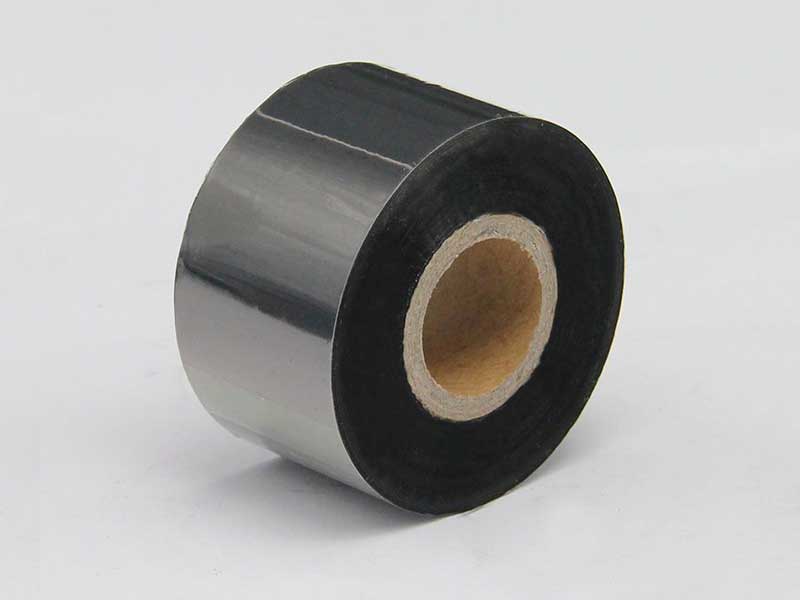
2. Tension control method
• Closed-loop control: Adjust the motor speed or torque in real time according to sensor feedback to keep the tension constant.
• Open-loop control: preset motor speed or torque, suitable for occasions with small tension changes.
3. Drive system
• Servo motor: fast response, high control accuracy, suitable for high-precision tension control.
• Inverter motor: The speed is adjusted by the inverter, which is suitable for occasions with general accuracy requirements.
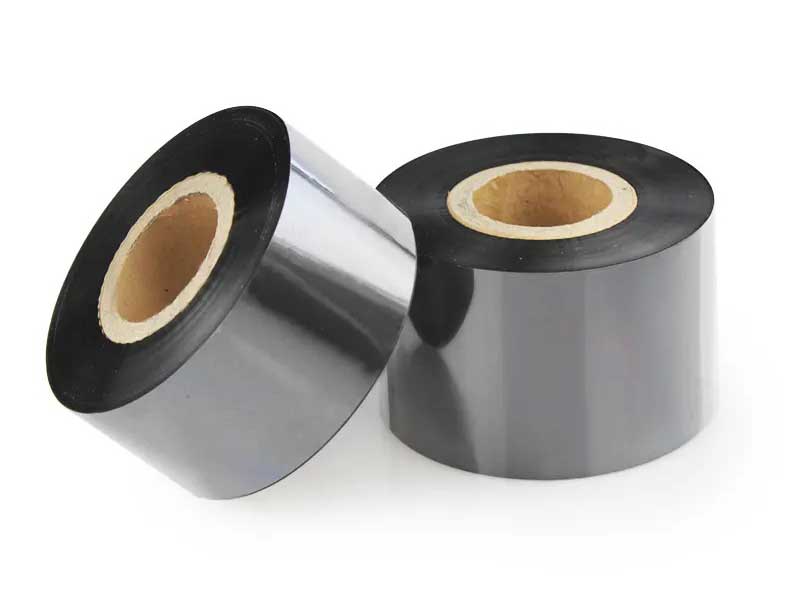
4. Tension segmentation control
• Unwinding section: Control the unwinding speed to prevent it from being too fast or too slow.
• Middle section: Maintain stable tension and avoid fluctuations.
• Winding section: control the winding speed to ensure neat winding.
5. Automatic deviation correction system
• Photoelectric sensor: real-time detection of ribbon position, automatic adjustment of the guiding device.
• Servo guiding mechanism: fast response to ensure that the ribbon does not shift.
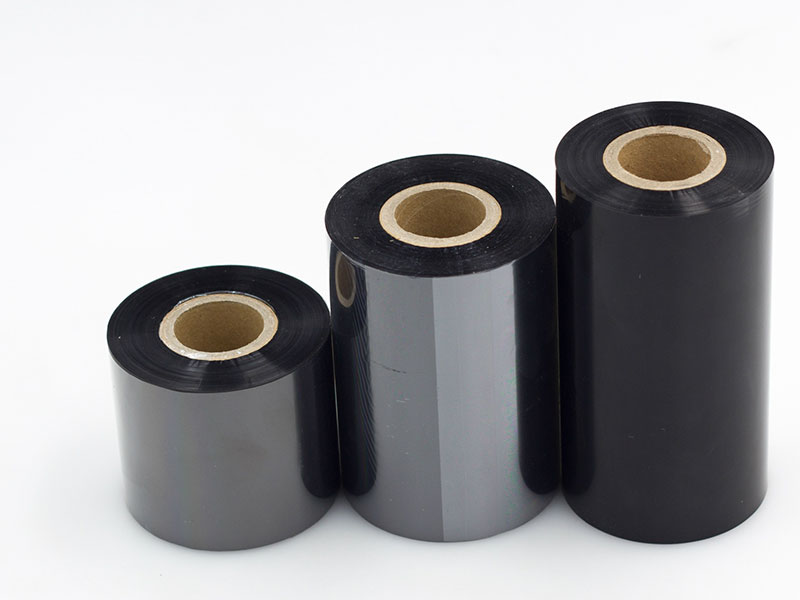
6. Tension taper control
• Taper control: As the winding diameter increases, the tension is gradually reduced to prevent the inner layer from deforming by extrusion.
7. Material Properties Considerations
• Modulus of Elasticity: Adjusts the tension according to the modulus of elasticity of the ribbon to avoid overstretching or relaxation.
• Thickness and width: Different tension parameters need to be set for different ribbons.
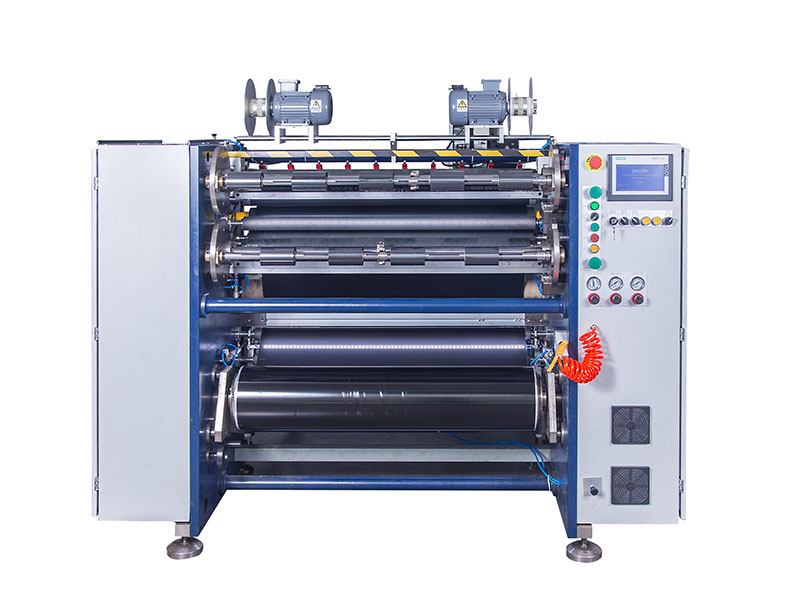
8. Control system
• PLC control: Realize the automation and precision of tension control through PLC.
• Touch screen interface: easy to operate and monitor, real-time display of tension data.
9. Fault detection and protection
• Belt Break Detection: Automatic shutdown when a belt break is detected.
• Overload protection: automatic adjustment or shutdown when the tension is too high to prevent equipment damage.
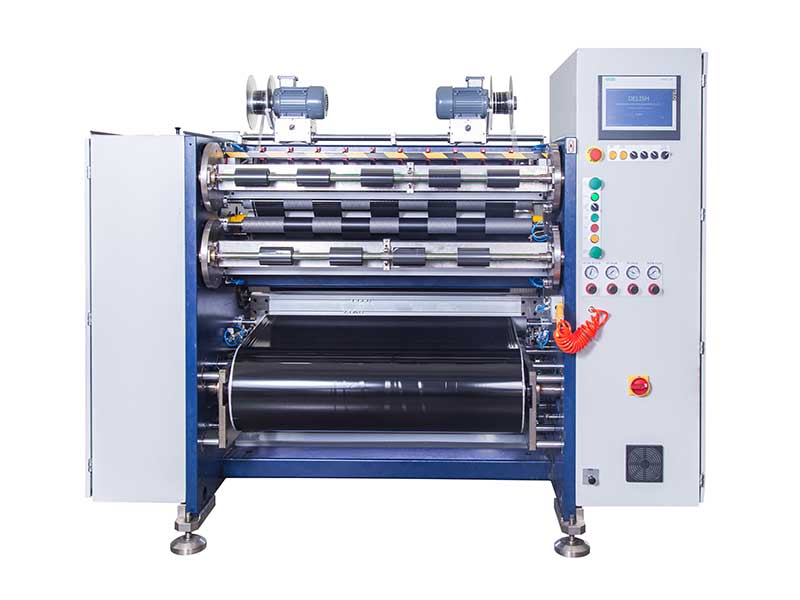
10. Environmental Controls
• Temperature and humidity control: maintain constant temperature and humidity to reduce the influence of the environment on tension.
• Dust removal system: Keep the equipment clean and avoid dust from affecting tension control.
summary
The tension control system of the ribbon slitting machine ensures the stability of tension during the slitting process through tension detection and feedback, closed-loop control, servo motor drive, segmentation control, automatic deviation correction, taper control, material property consideration, PLC control, fault detection and protection, and environmental control, so as to ensure the quality of slitting.
Recent Post
 Ribbon slitter is an efficient solution to reduce consumables waste26. April, 2025
Ribbon slitter is an efficient solution to reduce consumables waste26. April, 2025 From industrial to medical: ribbon slitters are versatile in many fields24. April, 2025
From industrial to medical: ribbon slitters are versatile in many fields24. April, 2025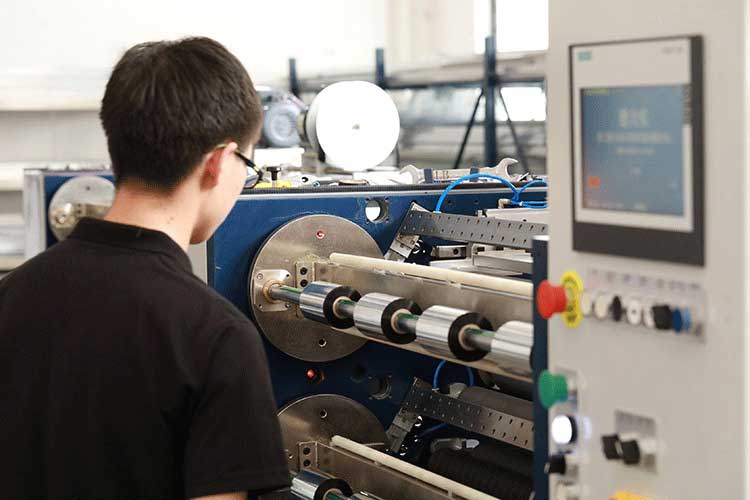 One-button operation: How can ribbon slitter simplify the production process?17. April, 2025
One-button operation: How can ribbon slitter simplify the production process?17. April, 2025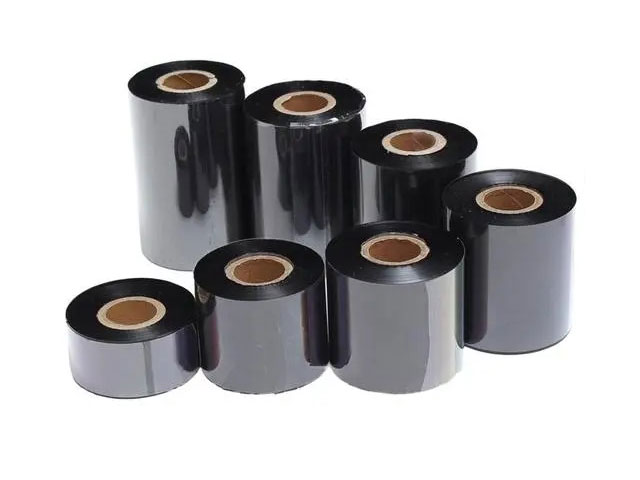 Why Choose Automatic Ribbon Slitting Machine? Precision, speed and stability16. April, 2025
Why Choose Automatic Ribbon Slitting Machine? Precision, speed and stability16. April, 2025
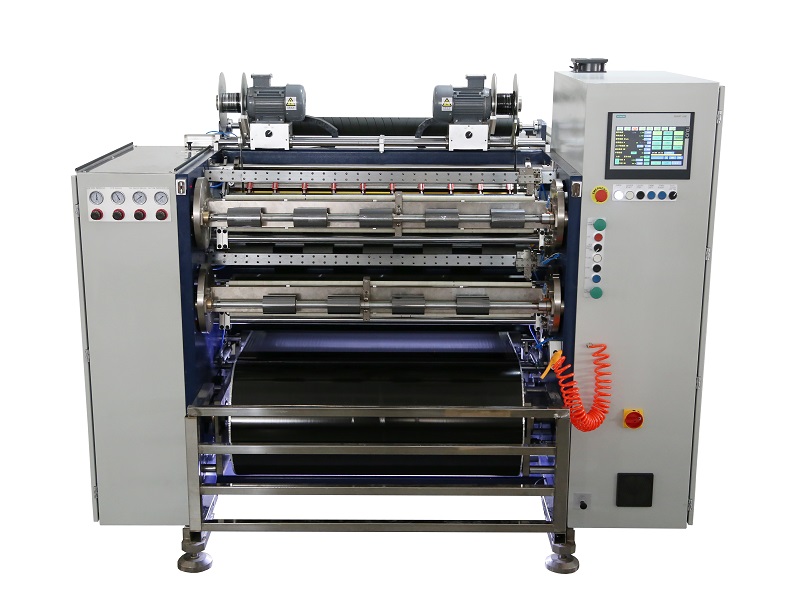 Fully Automatic TTR Slitter RSDS8 Plus
Fully Automatic TTR Slitter RSDS8 Plus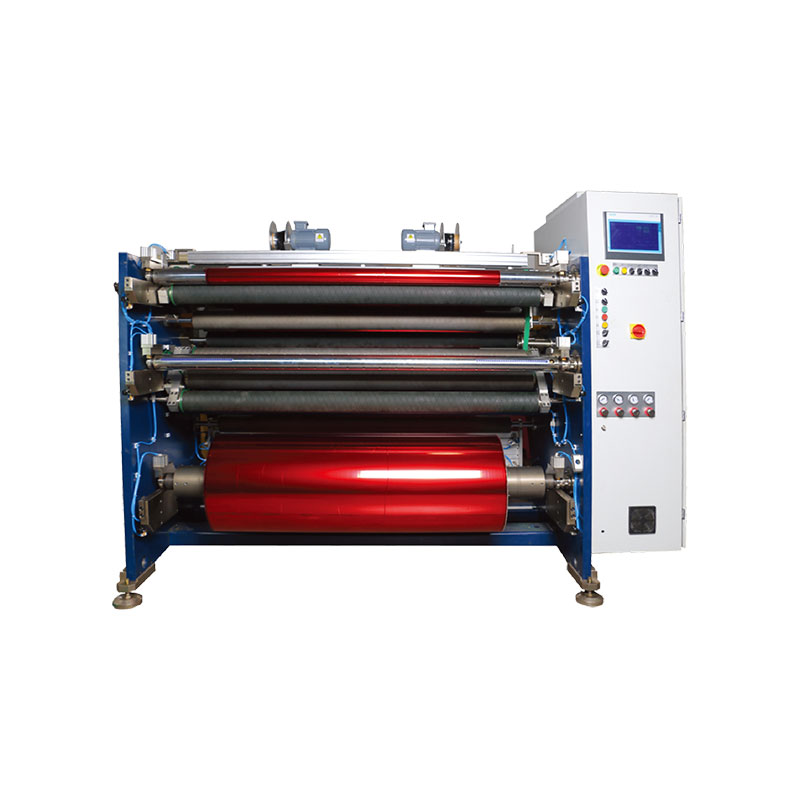 Hot Stamping Foil Slitter 1600mm
Hot Stamping Foil Slitter 1600mm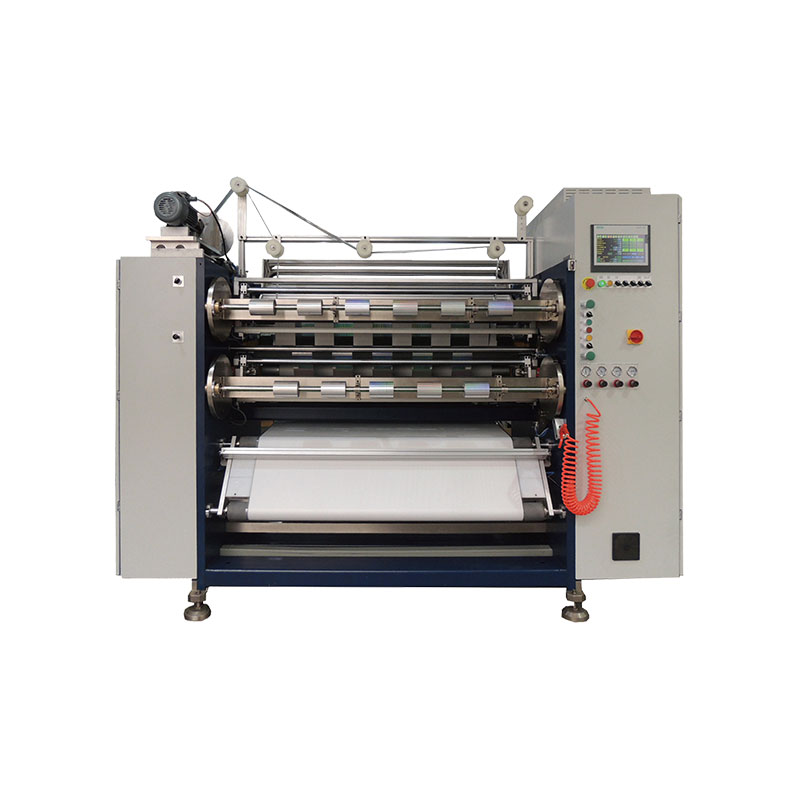 Hot Stamping Foil Slitter (4 Shafts)
Hot Stamping Foil Slitter (4 Shafts)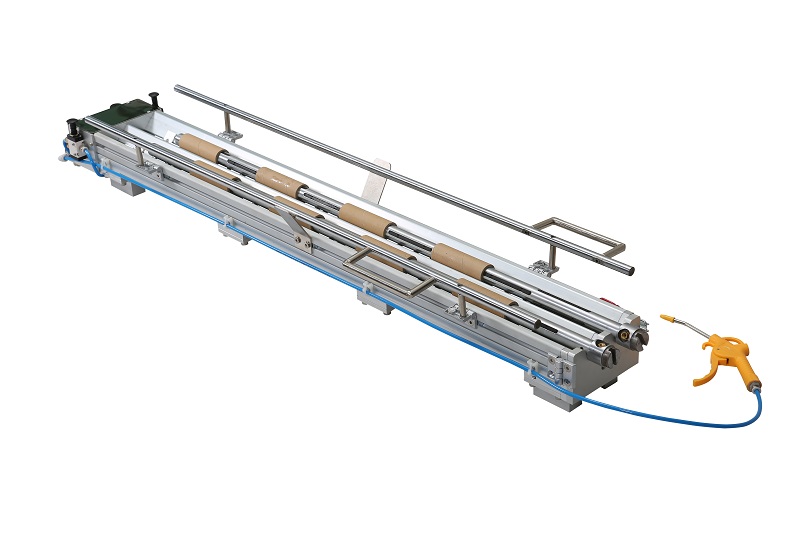 Paper Core Loading Machine
Paper Core Loading Machine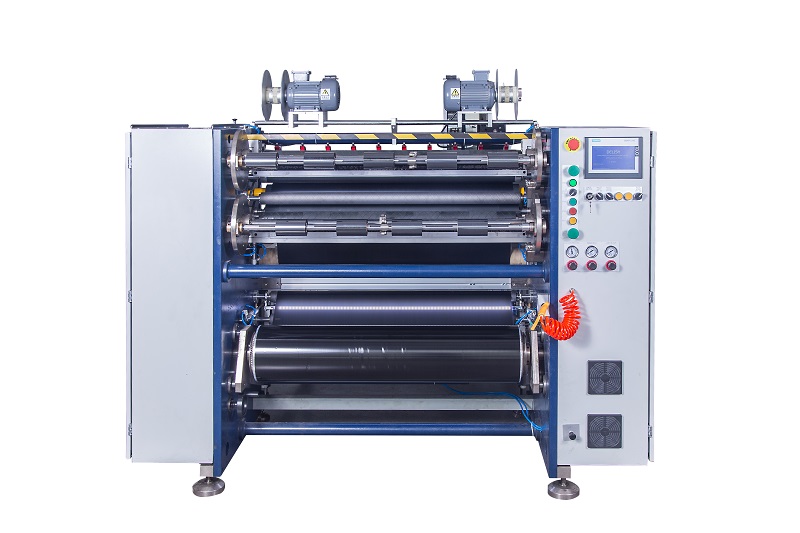 Semi-Auto TTR Slitter RSDS2 Plus
Semi-Auto TTR Slitter RSDS2 Plus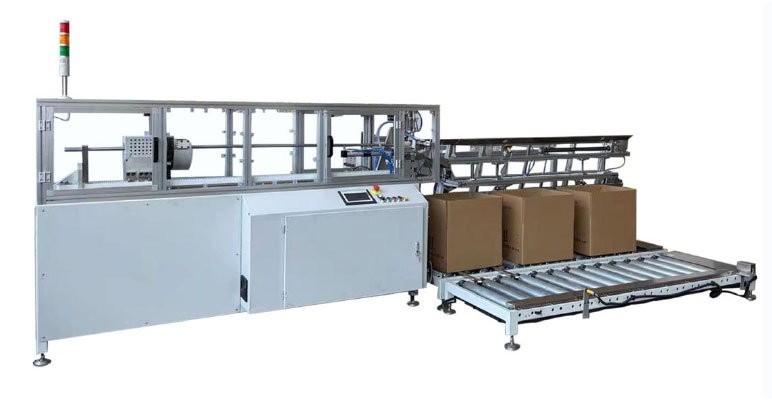 Auto Paper Core Cutter
Auto Paper Core Cutter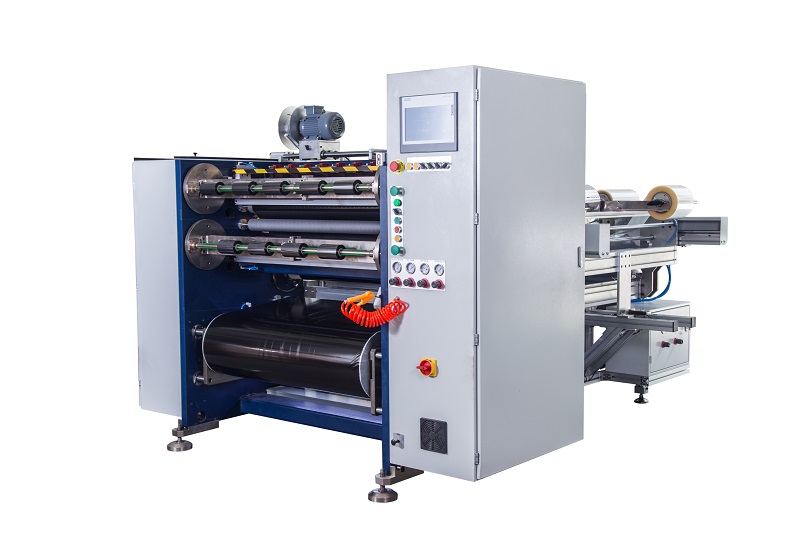 Semi Automatic TTR Slitter RSDS5 Plus
Semi Automatic TTR Slitter RSDS5 Plus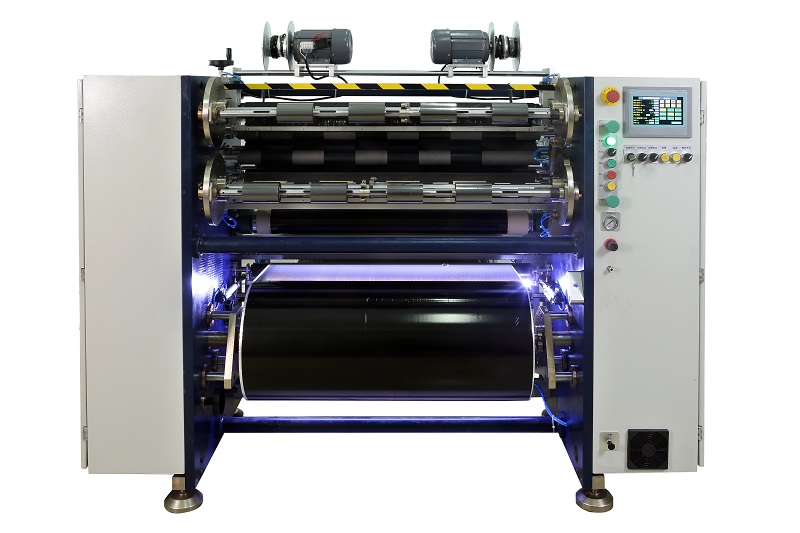 Manual TTR Slitter RSDS2
Manual TTR Slitter RSDS2





